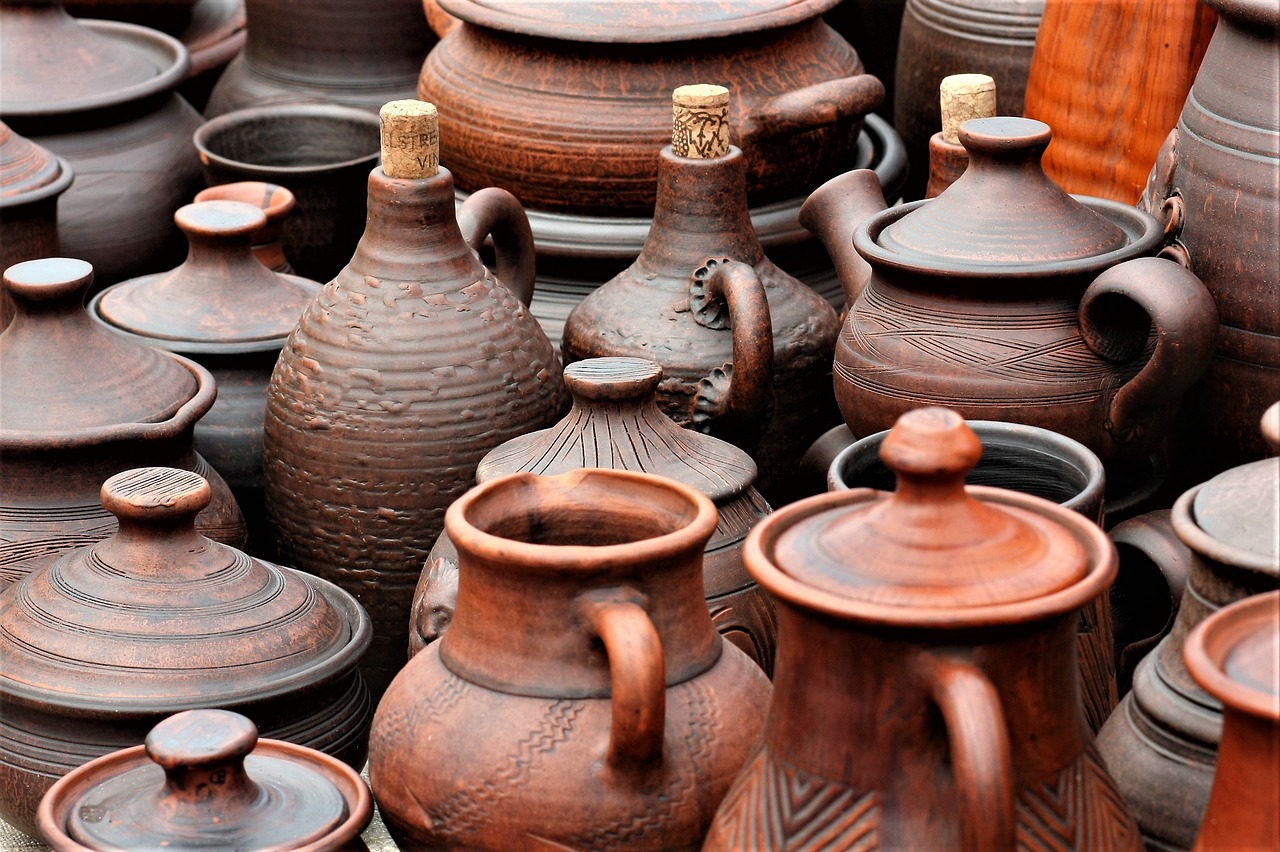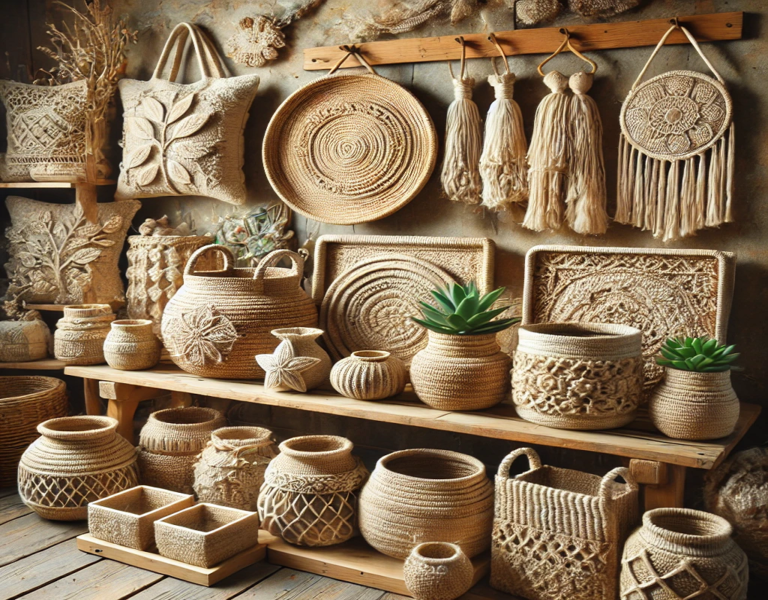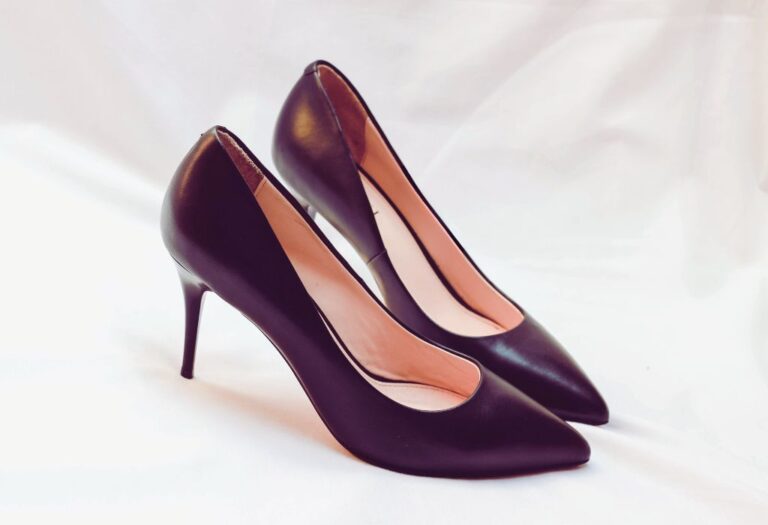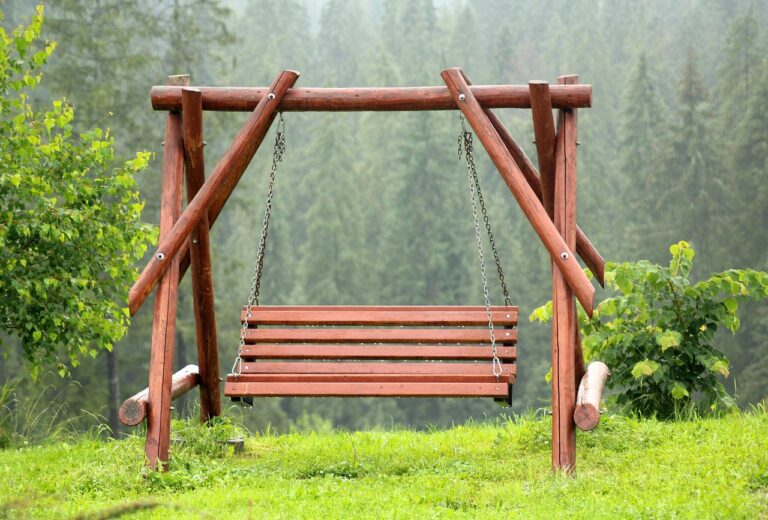For centuries, clay pottery has played a vital role in human history, serving as both a functional tool and a stunning form of art. A variety of earthenware pieces are displayed in the imagery, each one showcasing the enduring tradition and craftsmanship of this pottery. From rustic teapots to intricately designed jars, this pottery continues to captivate both artisans and collectors worldwide.
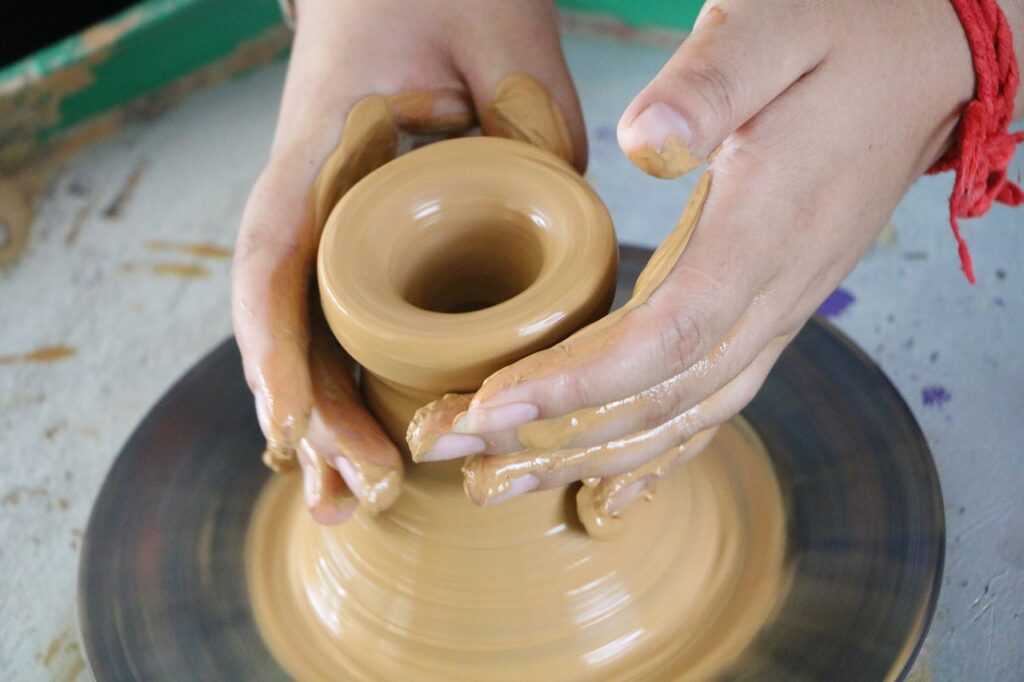
Handmade Clay Pottery: A Timeless Art Form
Each piece of pottery tells a story of skill and creativity. Handmade pottery involves molding natural clay into decorative or functional shapes and then firing it at high temperatures to ensure durability. The varied patterns and textures on these items reflect a range of techniques, including:
- Coiling: rolling out long clay strands and stacking them to create vessels.
- Throwing: Using a potter’s wheel to form symmetrical and polished shapes.
- Hand Sculpting: Shaping clay by hand to achieve intricate details and unique designs.
- Etching and engraving: decorating the surface by carving patterns into the clay before firing.
These techniques highlight the incredible versatility of clay pottery as both an art form and a utilitarian craft.
Practical Elegance
It has been a part of everyday life for generations, valued not only for its aesthetic appeal but also for its functionality. These pots, jars, and vessels have been used for cooking, storage, and serving, showcasing the enduring practicality of clay pottery.
- Teapots: The rustic teapots are ideal for brewing tea, retaining heat while adding an earthy charm to the ritual.
- Storage Jars: Large jars with cork stoppers are perfect for preserving dry goods like grains, spices, and liquids such as oils or wines.
- Cooking Vessels: The pots with lids and handles are designed to prepare hearty stews and soups, with clay enhancing the flavors by evenly distributing heat.
The timeless functionality of clay pottery ensures its continued relevance in kitchens and homes around the world.
Cultural Significance of Clay Pottery
This is deeply rooted in cultural identity. The intricate patterns and motifs often reflect regional history, traditions, and craftsmanship. For instance, the geometric or floral engravings on these pots may symbolize cultural stories or spiritual beliefs. Each piece of clay pottery merges creativity with functionality, resulting in classic designs that preserve cultural heritage.
Eco-Friendly Appeal
In today’s era of sustainability, this type of pottery stands out as an eco-friendly alternative to plastic and synthetic materials. Made from natural, biodegradable resources, clay pottery is non-toxic and environmentally conscious. By choosing clay products, we not only embrace sustainable living but also support traditional craftsmanship.
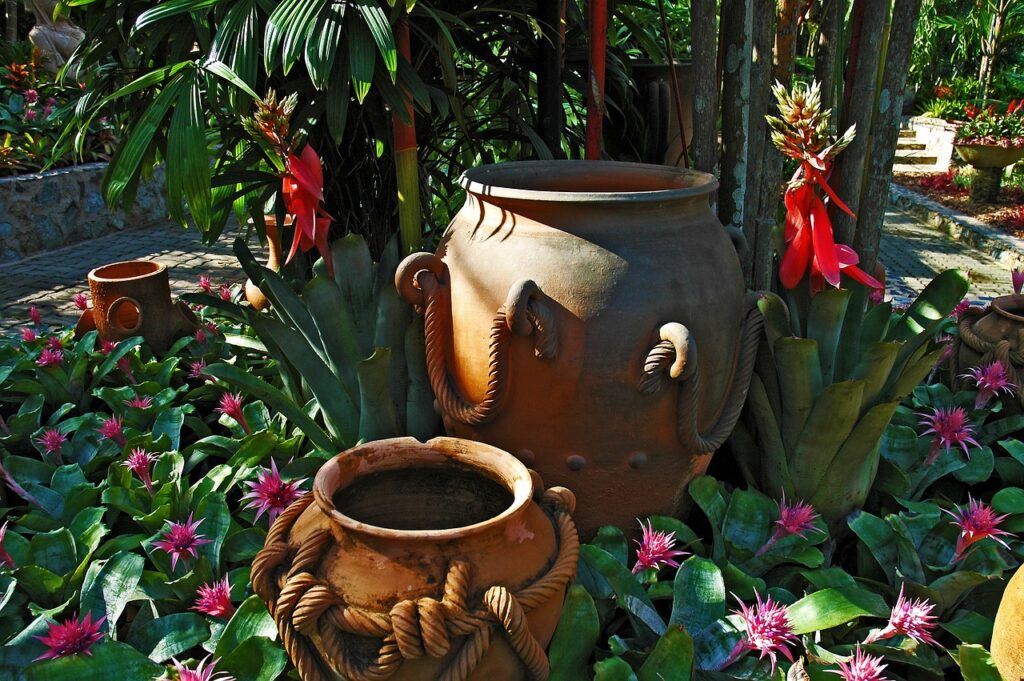
Caring for this type of Pottery
To ensure the longevity of this pottery, proper care is essential.
- Avoid sudden temperature changes to prevent cracking.
- Gently clean with warm water and mild soap to protect delicate glazes and designs.
- Store in a dry place to prevent moisture buildup that could weaken the clay over time.
With these simple steps, clay pottery can remain beautiful and functional for years to come.
The Natural Beauty of Clay Pottery
The earthy tones and organic textures of clay pottery bring warmth and charm to any setting. Whether displayed as decorative pieces, used as kitchenware, or placed in gardens, clay pottery creates a cozy and timeless ambiance.
Conclusion
The beauty and craftsmanship of these handmade clay pottery items remind us of the enduring elegance of this ancient art form. Each piece blends artistic expression with practicality, honoring the dedication of artisans who keep this tradition alive. Whether used for everyday purposes or admired as decorative treasures, this occupies a special place in both history and modern living.
Let these finely crafted pieces inspire us to celebrate the timeless art of clay pottery and the skilled craftspeople who create them. By incorporating these creations into our lives, we connect with a tradition that is as rich in culture as it is in beauty.

